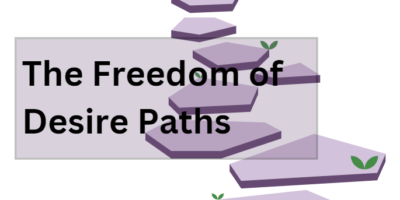Earth Hour 2016 occurred this Saturday between 8:30 and 9:30 p.m., marking the 9th anniversary of the tradition. It began as an initiative from the World Wide Fund for Nature (WWF, formerly the World Wildlife Fund,) in 2007, and has since spread across the world. That year, 2.2 million locations (businesses and homes,) shut off non-essential lights in Sydney, Australia. With growing public interest in the issues of climate change and the preservation of the environment, it’s become a widespread and tangible way to participate in awareness efforts.
By 2008 it had become a global movement, riding the momentum of the world ‘going green’ and becoming ‘eco-friendly’. The events in following years would include major national landmarks around the world going dim for the hour in question, joining the millions of commercial and residential locations doing the same. While the event is meant to be a symbolic effort rather than an actually significant reduction in energy consumption, it has decreased the use of electricity by about 4% every time.
It has received much criticism over the years for being ineffective, pointless, and sometimes downright dangerous. Some argue that is symbolizes a regression away from human development (electricity being a huge victory for our species); others point out that the rapid shifts in electricity demand during the hour, as well as the candle-burning, might serve to actually increase carbon outputs. Furthermore, streetlights that were turned off in Finland may have contributed to a fatal accident in which a man was struck by a vehicle on a darkened street.
It’s an event that, while more prominent years ago, seems to have lost some participation in the past years. This isn’t necessarily a bad thing, however, as it reflects a general increase in energy conservation in everyday life. In 2011, WWF suggested that we extend such conservation efforts to our daily lives, and, based on the reported reductions in overall energy consumption, the public has taken it to heart.
While it’s more likely that most of us didn’t know it had happened, or otherwise chose not to observe (we have lives to live and work to do), it’s not improbable that many of us have, at one point, turned out our lights for that hour. Whether it’s going for a walk, or breaking out the candles, it can be used as break time away from our technologically-reliant work time. In any case, the photos and videos of nighttime scenes and sometimes entire skylines going dark are kind of cool to see.




Leave a Reply